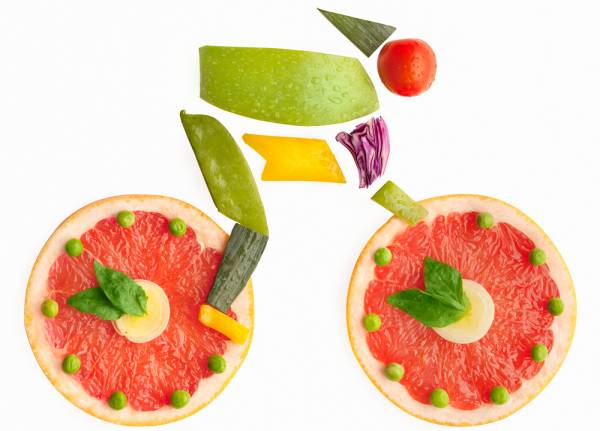If there was a competition for being the worst patient ever, I think I would have a pretty good chance of making the podium.
Whether it’s a summer cold, stomach bug, strained muscle, or cough, I hate being ill. I feel bad about my training plan, the competition I am supposed to be doing, and the general feeling of tiredness, in addition to whatever symptoms accompany my present affliction.
So, this week I am going to look at what you can do about your training and sports when something like this occurs.
Disclaimer: With any illness, of course, you should listen to your body. And if you have any concerns, you should see your medical practitioner straight away.
The Stress Chart and the Recovery Process
A while ago someone introduced me to the concept of the stress chart. This is a simple concept that says we only have a certain amount of resources we can apply at any one time to combat the stresses placed upon us. These stresses could be a combination of work, family, and training. Illness is an added stress. Here is an example:

When you are ill. The body has to manage the recovery process. So the wedge associated with illness takes a greater amount of resources, at the expense of something else. The total amount of stress (or ability to deal with stress) stays the same. Some people have greater or lesser ability to manage the stresses they encounter and this would result in a smaller or larger “pie.”

It has also been shown that intense training regimens can depress the immune system, resulting in an increased susceptibility to infection. So what can you do when illness strikes?
Mental Conditioning
The first thing to recognize from the stress chart is that something has to give. You need to get better as quickly as possible. Trying to carry on as normal is likely to extend recovery times and may even make your condition worse.
One year, shortly after a bout of flu, I took part in a pre-registered event. I had paid for it, so I had to participate, right? I completed the event in a reasonable time – but then had bronchitis for the next three months.
All my plans for that year had to be completely scrapped. In retrospect, I should have waited another week and eased into some light training before entering a different event. Lesson learned the hard way.
When you are ill, it is a good time for updating your training plan and revising your event list. Allow sufficient time to completely recover before starting up training, and then ease into it. You can also use this downtime to thoroughly review how training and events have gone to date. What has worked well? What didn’t work well? You can still be productive and get yourself closer to your goals without causing yourself physical stress.

Nutrition
You need to support your body with a balanced nutrition plan to ensure it gets all the nutrients it needs for a speedy recovery. This includes drinking enough water to assist the body in eliminating waste products. And now is not the time to be cutting back on carbohydrates, proteins, and fats. On the flip side, it’s not advised to take on board unnecessary alcohol that will give the body more work to do.
Vitamins and minerals are needed to ensure that the many processes involved in recovery have all they need. In particular, we need the essential (water-soluble) vitamins. The body cannot store these, so they need to be consumed daily. Vitamins C and B and folic acid are found in fruit, vegetables, and grains.
Sleep
Make sure you have regular and sufficient sleep. One way of assessing your recovery is to measure your resting heart rate when you wake. Most people exhibit a rise in resting heart rate when ill, so a falling resting heart rate (back towards its normal levels) can be a measure of how well your recovery is going. Conversely, a rise of resting heart rate when you are apparently well can be an indication of infection or needing some additional recovery from training.

Returning to Training
In general, I would not recommend training while ill. However, some people find it helpful to undertake some really light exercise, get some fresh air, or move through some light flexibility work. But if you have a fever, please do not train. Your body’s temperature will already be higher than normal and additional activity will most likely just make things worse.
In order to transition back to training, a recovery phase should be inserted in your program. Start with some light and short-duration activities, well below your normal intensities. Listen to your body and see how you react to maybe just fifteen minutes to start with. As recovery improves, you can start to add more endurance and then intensity with a target of returning to your previous levels.
References:
1. Association of British Cycling Coaches “Manual of Cycle Coaching.” Accessed August 26, 2014.
Photos courtesy of Shutterstock.






